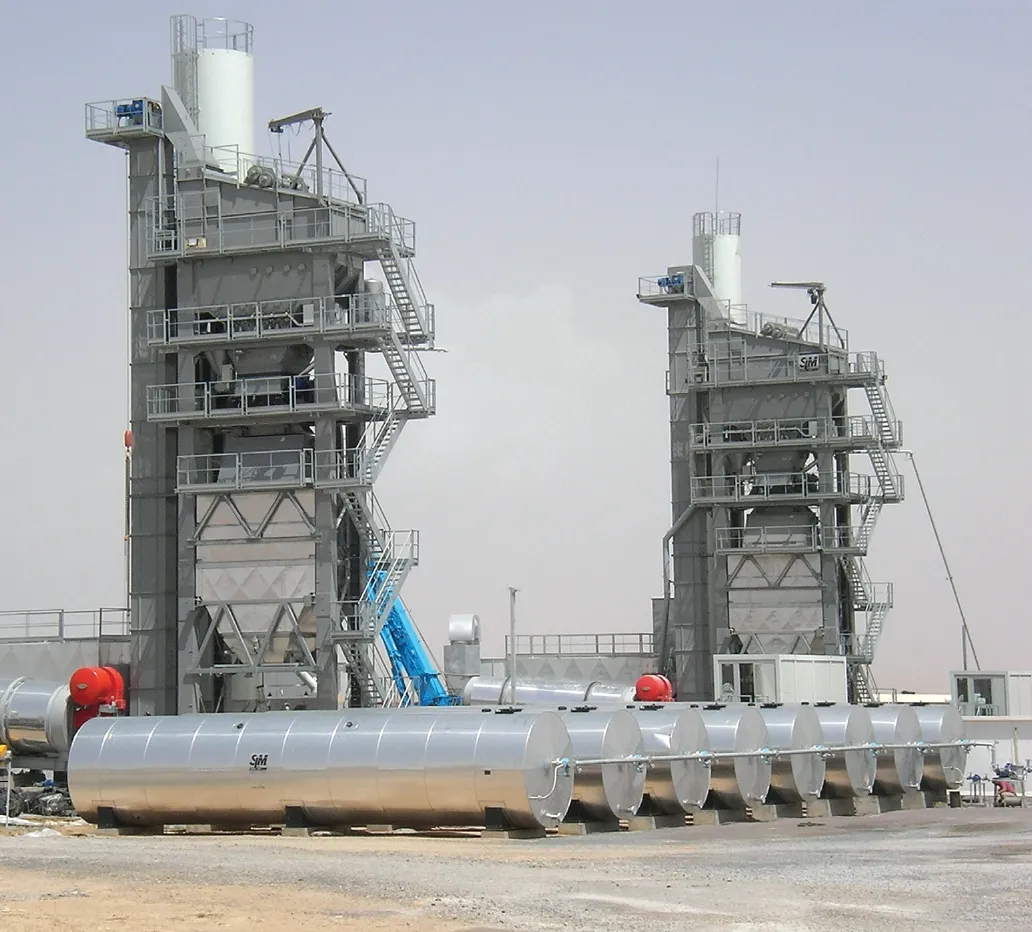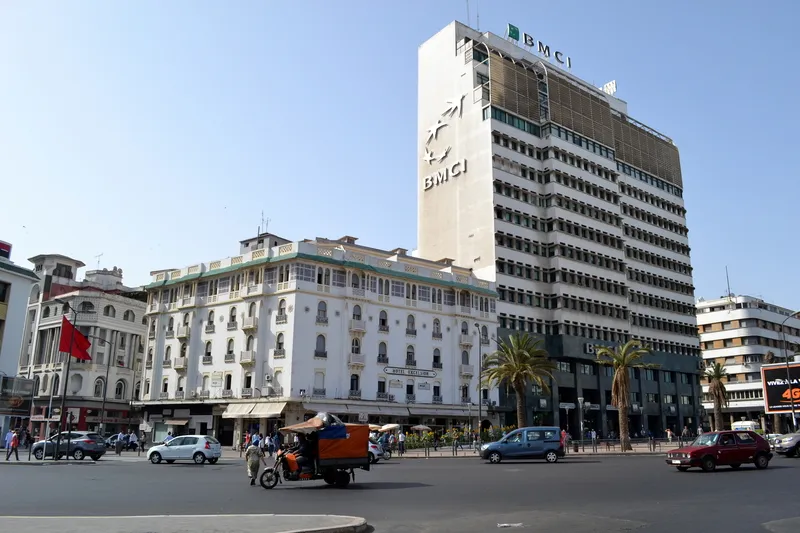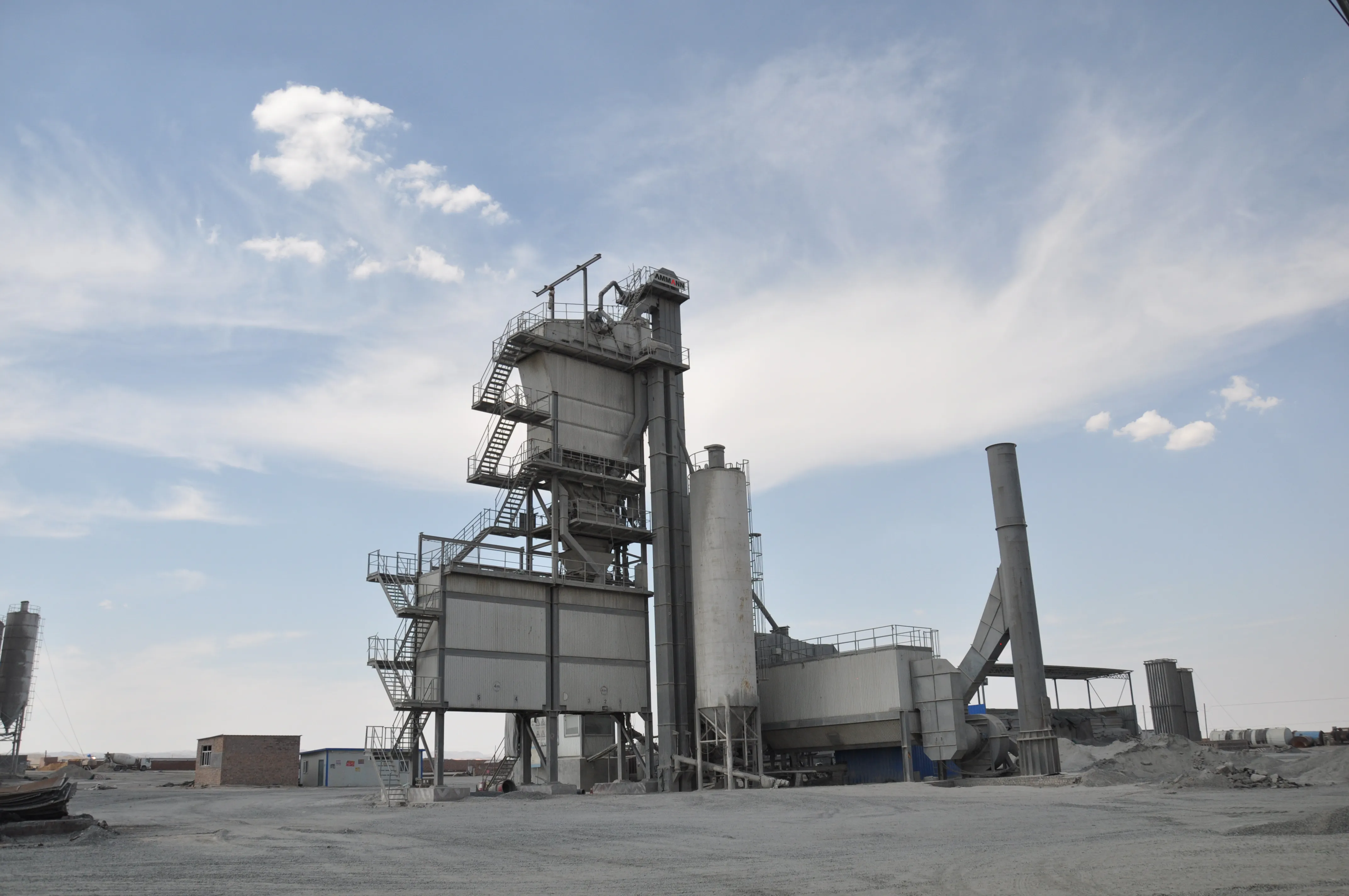The strong road construction market in Morocco is helping boost the quarrying market in the country substantially. One such operation exists near the town of Ben Slimane, situated north of Casablanca. Agregat Oued Cherrat (AOC) owns a 65ha quarry, one of the largest of the 14 in the region and when the firm decided to buy new excavators, it also opted to buy Hitachi machines. AOC placed an order for one ZX330-3, with the second delivered three months later and the company now has three ZX330-3s, with a four
April 10, 2012
Read time: 2 mins
RSSThe strong road construction market in Morocco is helping boost the quarrying market in the country substantially. One such operation exists near the town of Ben Slimane, situated north of Casablanca. Agregat Oued Cherrat (AOC) owns a 65ha quarry, one of the largest of the 14 in the region and when the firm decided to buy new excavators, it also opted to buy 233 Hitachi machines. AOC placed an order for one ZX330-3, with the second delivered three months later and the company now has three ZX330-3s, with a fourth on order. Blasting is carried out every day yielding some 7,000tonnes/day and this is then loaded on to AOC's fleet of 17 trucks. In the past the site has produced 1,000,000 million tonnes/year and it is hoped that the annual output will increase to 1.8million tonnes by the end of this year with the new Hitachi machines.
The trucks unload the material into the separator, which removes the limestone from the soil. The limestone then moves on to the three primary crushers while the soil is used to refill the site. The heaps from the primary crushers are then processed through the three secondary crushers, after which the materials are further separated by two units into four different sizes of aggregates: from 0-3mm to 15-25mm.
Around 30% of the materials are delivered to companies over an average distance of 80km, but the majority is collected by customers. Some 80% of AOC's business is in the concrete sector and the remainder is dedicated to supplying aggregates to the expanding road construction market.
The trucks unload the material into the separator, which removes the limestone from the soil. The limestone then moves on to the three primary crushers while the soil is used to refill the site. The heaps from the primary crushers are then processed through the three secondary crushers, after which the materials are further separated by two units into four different sizes of aggregates: from 0-3mm to 15-25mm.
Around 30% of the materials are delivered to companies over an average distance of 80km, but the majority is collected by customers. Some 80% of AOC's business is in the concrete sector and the remainder is dedicated to supplying aggregates to the expanding road construction market.









